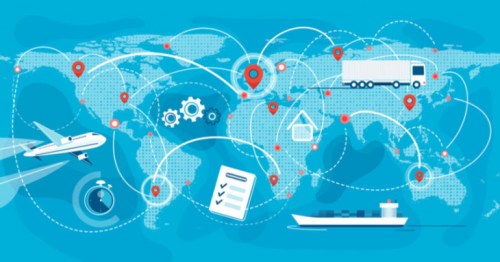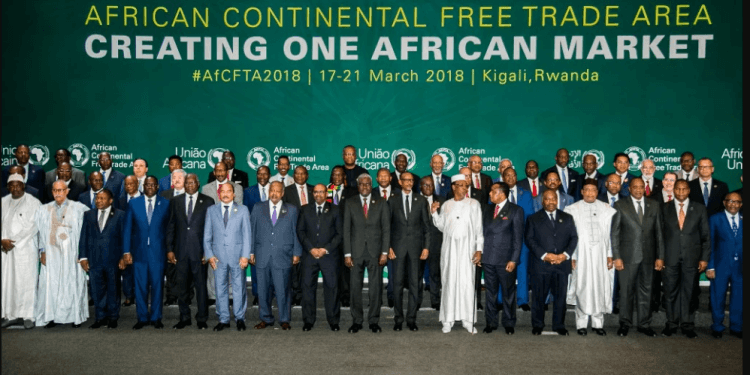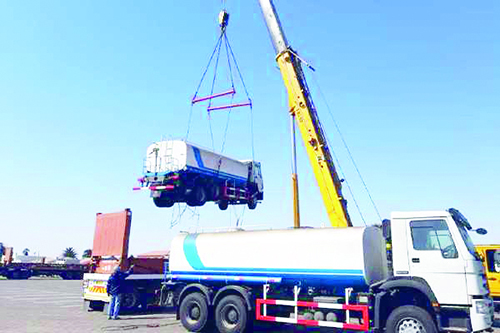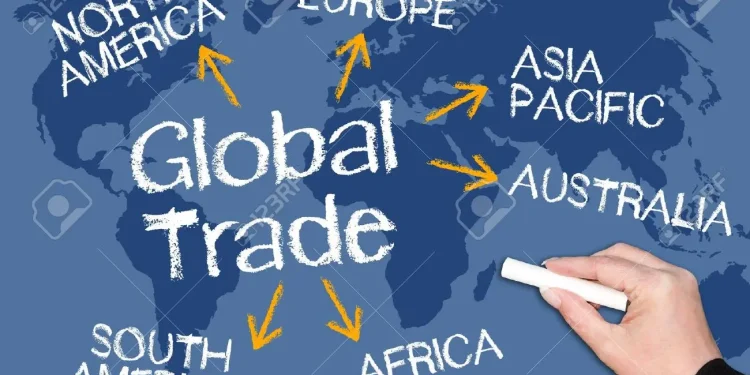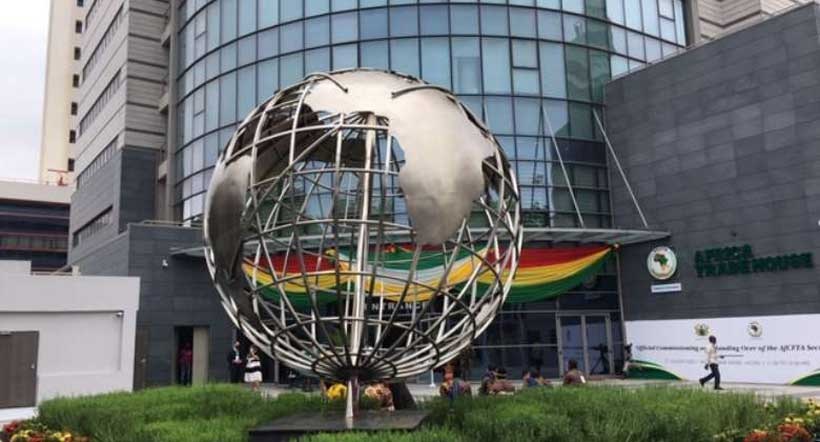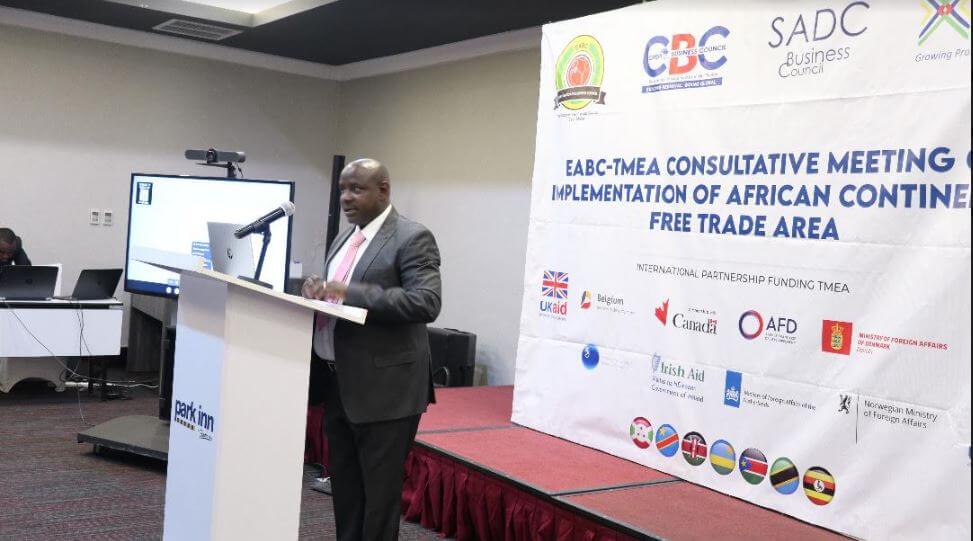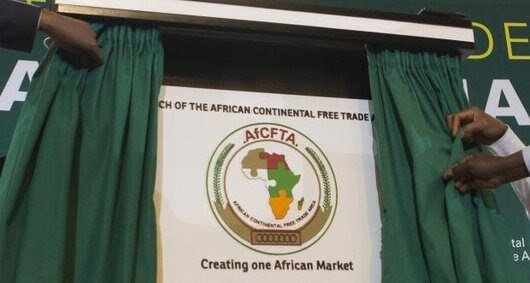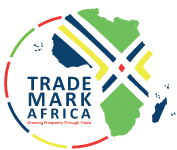The moment for Africa to become a serious player in global value chains is now or never. With solid political momentum behind the Africa Continental Free Trade Area (AfCFTA), we have a window of opportunity to improve regional value chains and further upgrade into Global Value Chains (GVCs). Launched in January 2021, the AfCFTA was positioned as the trade agreement to transform the economic trajectory of Africa and position the continent as a force within the Globe. The Free Trade Area brings together 55 countries with a population of over 1.3 billion, a combined gross domestic product valued at $34 trillion and is estimated to bring over 30 million people out of poverty. Since its launch, the AfCFTA Secretariat has made progress, the most recent being the launch of the Rules of Origin manual and e-tariff book in July 2022. Africa barely trades with itself currently. According to an UNCTAD report, Africa interregional trade currently stands at 15 percent compared to 47 percent in America, 61 percent in Asia, and 67 percent in Europe. Africa and Asia are the only continents with rising interregional trade since 2008, providing us with an opportunity to turn the tide. The AfCFTA can accelerate this growth by developing regional value chains as a foundation for Africa’s participation in Global Value Chains. Africa’s integration into manufacturing value chains is also dominated by export of primary products with only 1.9 percent of global manufacturing taking place in the continent. The Economic Complexity Index (ECI), an indicator...
Time for Africa to be a serious player in global value chains
Posted on: September 7, 2022
Posted on: September 7, 2022

